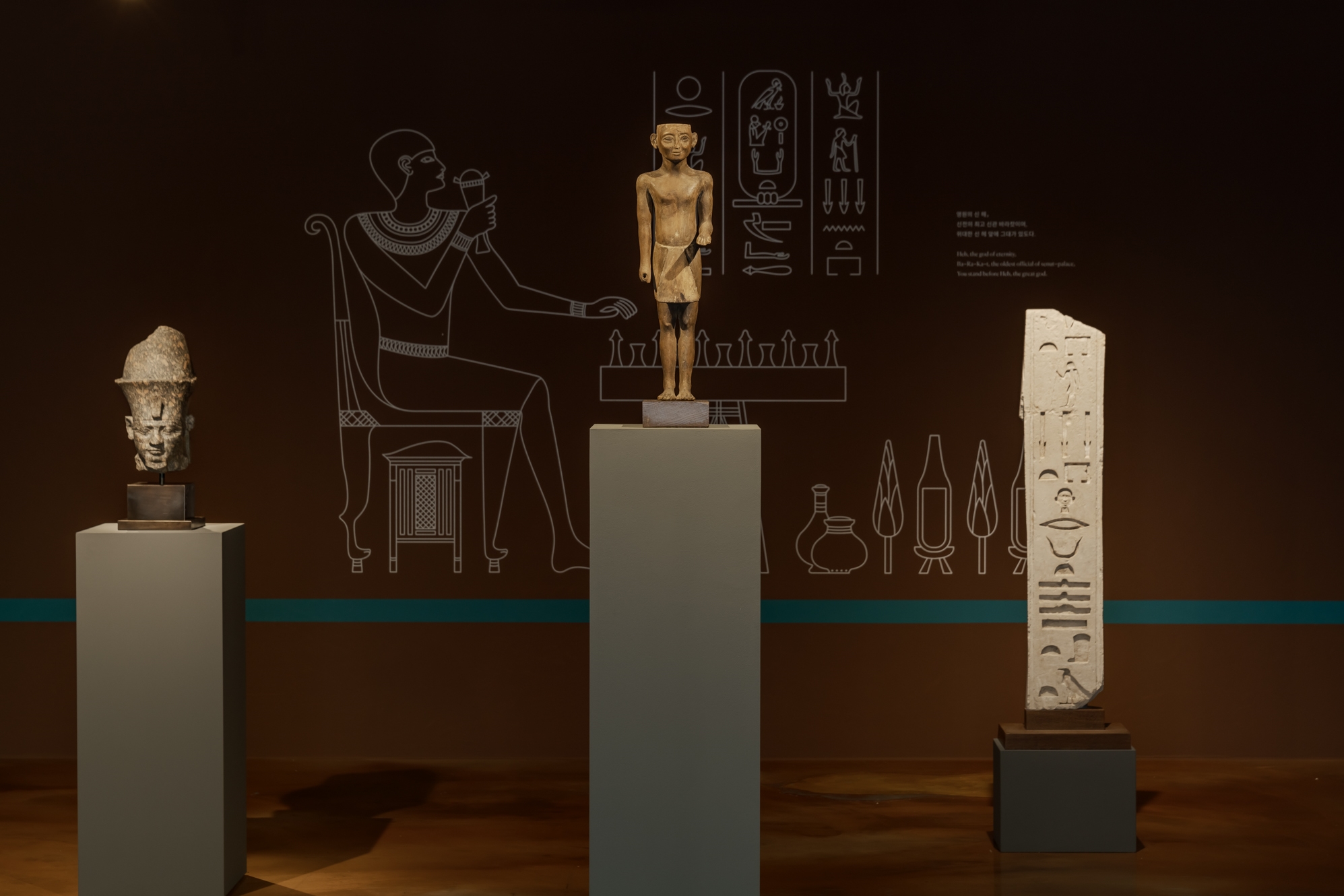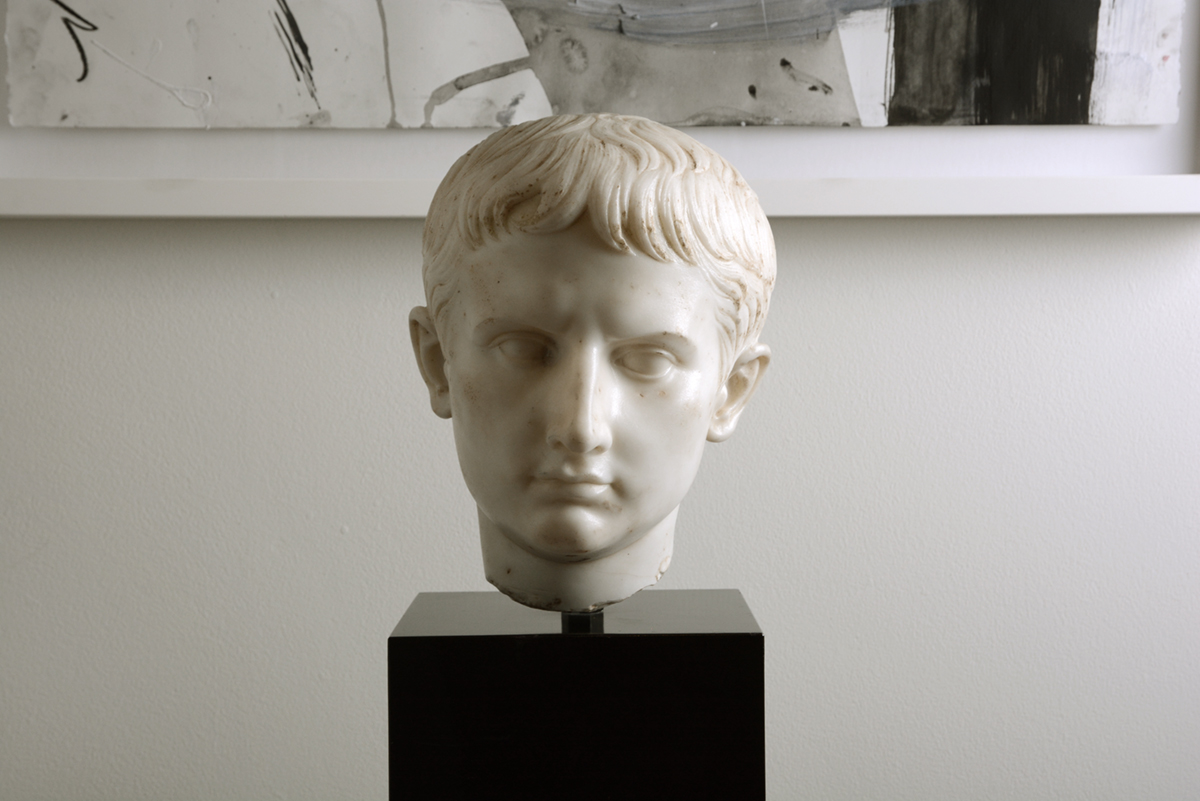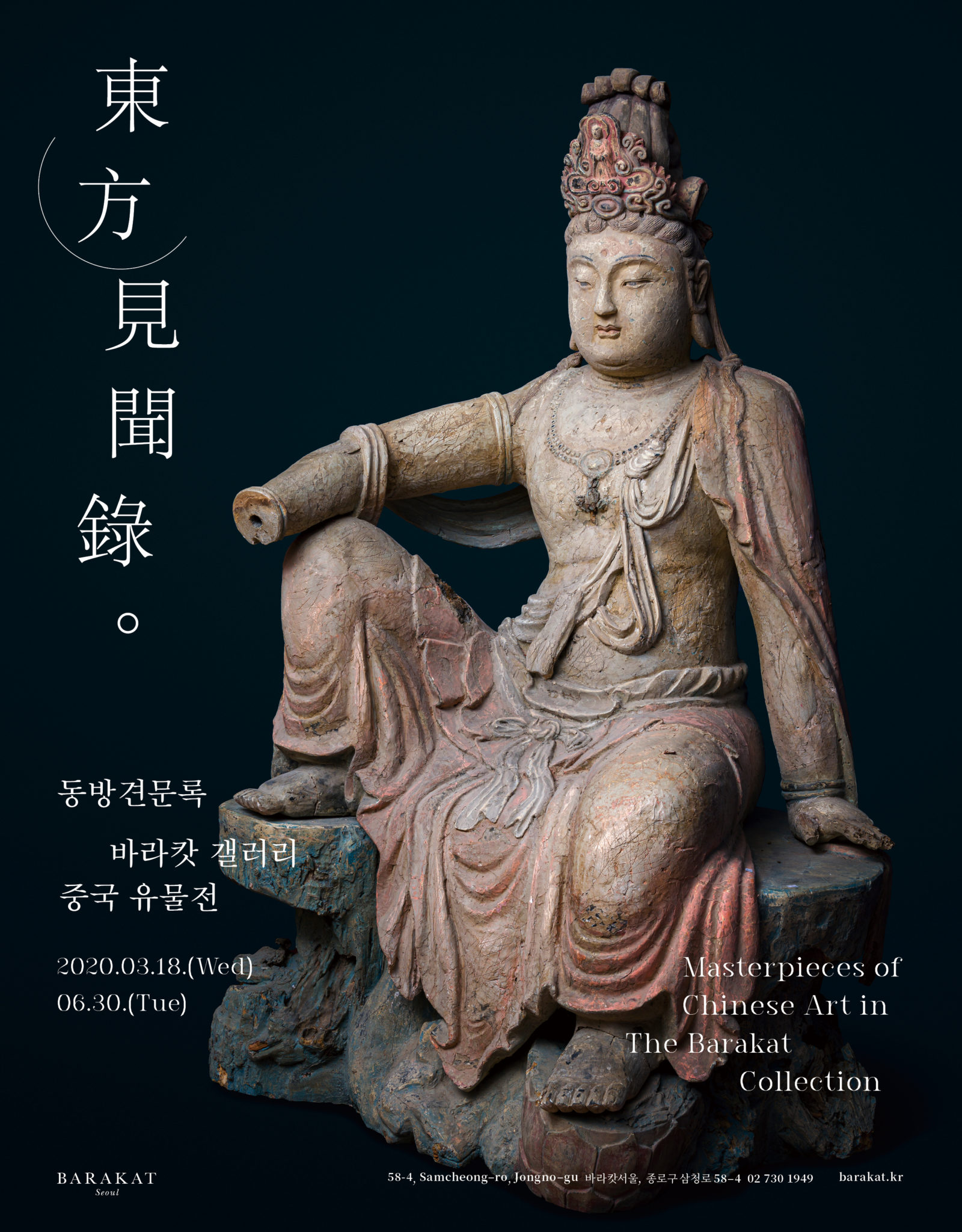Bronze. The word itself has musical resonance, like the ringing of a
bell. An alloy of copper and tin, this fabled metal has been prized
through the centuries for its strength and beauty. Many of the great
treasures of human culture have been shaped in this warm and enduring
material. In the popular imagination, bronze has been unfairly relegated
to a distant third place behind gold and silver (one thinks of
Olympic medals) but its debased status is undeserved. Gold shines radiant
as the Sun, silver glows pale as the Moon, but bronze is like
the Earth: solid, attainable, satisfying to the touch. As a dealer in
fine antiquities, I have long appreciated the versatile beauties of
bronze. Whether on the heroic scale of monumental sculpture or on the
intimate level of a Roman coin, bronze conveys an unmatched impression
of richness and strength.
Since the Renaissance, discerning connoisseurs have vied with each
other to collect the finest antique bronzes. The demand has been
steady, but the prices for such treasures have remained remarkably
stable. In a time when even a modest Impressionist painting is out of
reach for the average collector, superb and important bronzes can
still be had for reasonable sums. When acquiring any work of art,
personal tastes should take precedence over economics, but ancient
bronzes make a timeless appeal to the senses that will never go out of
fashion. As with all antiquities, prices will continue to climb as
the available supply narrows, but masterpieces can still be found.
What sets bronze apart from other metals is its patina. The surface
of gold remains indifferent to the passage of time, silver tarnishes,
iron rusts, but bronze acquires character and distinction. The patina
of an ancient bronze is an indelible part of its appeal. To remove it
would be like adding plaster arms to the Venus de Milo: a violation of
its artistic integrity. Not all bronzes are patinated, but connoisseurs
agree that a fine patina adds enormously to an object’s worth
and beauty.
A word about the survival of bronze artifacts. Perhaps more than any
other type of antiquity, bronzes owe their survival to the whims of
fate. Metal has always been a prized commodity, and few cultures have
had qualms about melting down the bronze heritage of previous generations
for their own use. The most famous ancient bronze, the Colossus
of Rhodes, was broken up and sold for scrap in A.D. 635. 900 camels
were needed to cart away the metal. Many other bronze sculptures met
a similar fate. The physical destruction of Ancient Rome was due more
to the city’s Medieval inhabitants searching for metal than to the
sackings of Barbarian hordes. As a result of centuries of recycling,
large-scale ancient bronzes are extremely rare, and smaller objects
have only escaped destruction by being buried or overlooked.
In A.D. 135, when the followers of Shimon Bar Kokhba made their last
stand in the Qu’mran Caves against the Roman legions, they carried
numerous bronze objects into hiding with them. The intrinsic value of
such booty made it worthy of being saved even in a desperate hour.
After the rebels’ defeat, many of these artifacts lay forgotten in the
caves until modern times. Several of the bronzes in my collection
were found near Qu’mran, very possibly the legacy of that ill-fated
revolt. These include an incense shovel which probably did service in
a Judaean synagogue, and an elegant bronze inkwell, stylistically
dated to the period when the Dead Sea Scrolls were written in Qu’mran.
Perhaps the scribes of those precious documents dipped their pens into
this very vessel.
Bronzes offer a superb record of the dialogue between men and their
gods. For thousands of years, bronze votives were considered the
ultimate offering to the heavens: costly, enduring, certain to gain
benevolent favor. Left by unknown men and women for gods now equally
forgotten, these votives can be quite touching in their implications.
They represent human hopes and dreams, wishes for health, wealth and
happiness which have altered little through the course of civilization.
Such a gift might guarantee a successful harvest, victory in
battle, or cure from disease. As we hold some small token in our
hands today, we think of the person who left it long ago and wonder if
their prayers were answered.
Bronzes bring us face to face with the gods themselves. The Egyptian
Sekhmet, lion-headed goddess of war and sickness, is supported by an
obelisk inscribed with the name of the votary. Regal and mysterious,
she remains today as the only clue to that ancient life. Ptah, patron
of craftsman, possesses a somber but benevolent dignity; twenty-five
centuries ago he was perhaps offered by the very artist who shaped
him, in thanks for the gift of talent. A graceful Greek statuette depicts
Apollo, god of learning and the arts. Nude save for a laurel
crown on his head, he is the ancient ideal of masculine beauty.
Though not large, this Apollo has the commanding aura of sculpture on
a much larger scale. He may be copied from a masterwork by Lysippus
or Praxiteles. Elegant, divinely self-assured, he evokes the very
soul of the Classical world.
A Late Roman bronze shows Hygeia, goddess of health. She too seems to
echo a larger prototype, possibly the cult image from the hospital
sanctuary at Kos. As befits a healer, she appears calm, serene and
benevolent. In her left hand she holds a serpent, one of the two that
twines around the physician’s caduceus. In the twilight of the Classical
age, she may have stood guard over a doctor’s practice. Even in
the modern world, where medical miracles are commonplace, it couldn’t
hurt to have Hygeia’s blessings.
Time plays tricks. Though the vast majority of ancient bronzes served
a practical function, in the modern world we accord them the status of
art, as if they were shaped solely for aesthetic pleasure. As we admire
the graceful, flowing lines of a bronze Etruscan pitcher, it is
easy to forget it was created to hold wine at table. Weapons-daggers,
axe heads, spear points– lose their sinister demeanor, and
assume an abstract purity of form. Though they may remember the heat
of distant battles, it is their sculptural elegance that appeals to us
today. Coins passed hand to hand at the height of the Roman Empire
bear the portraits of proud Emperors. Richly patinated by the passage
of centuries, such tokens evoke the grandeur of a vanished world. It
is as if those ambitious men understood that bronze would affirm their
rank and importance long after they themselves had disappeared.
Empires, after all, may rise and fall , but the solid beauty of bronze
endures.
To see a small sampling of ancient bronze masterworks from the collection please browse through the selections below.





